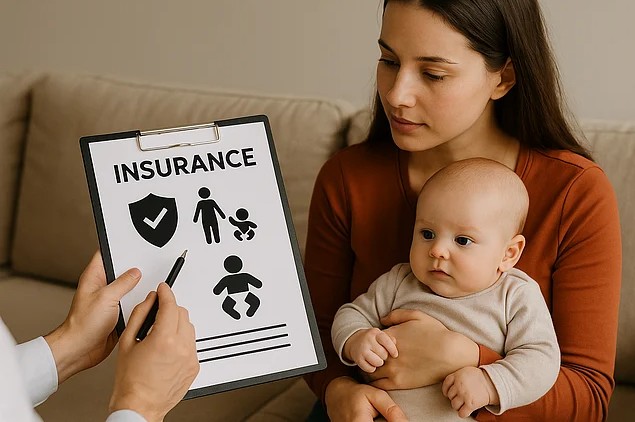As people become more dependent on digital platforms for banking, shopping and social interaction, cyber insurance offers a critical safety net. It protects against losses from digital crimes and provides access to professional help in managing and mitigating the damage.
The premium for a Rs 10 lakh cover for an individual cyber insurance is Rs 600-1,500 a year. The policy extends coverage for digital theft of funds, identity theft, cyber stalking, loss of wages, and others. The financial protection includes covering legal costs, IT recovery services costs and data restoration costs. It also covers psychological counselling expenses for incidents such as identity theft and cyber-bullying.
Amarnath Saxena, chief technical officer, Commercial, Bajaj Allianz General Insurance, says given the growing reliance on digital platforms, cyber insurance has become an essential component of personal risk management. “It plays a critical role in protecting individuals against financial loss, data compromise, and reputational damage arising from cyber incidents,” he says.
Standalone cover
While cyber insurance is mostly sold on a standalone basis, there are offerings bundled with home insurance, or included with the purchase of electronic equipment like laptops, mobile phones, and anti-virus solutions. Some insurers extend the cover as a digital wellness solution under the umbrella of employee benefits, similar to group health schemes. “For optimal protection, standalone policies offer broader coverage, especially for high-risk activities like online transactions, social media usage, and remote work setups,” says Ankit Gupta, head, Retail Cyber Insurance, Policybazaar.
Exclusions
There are specific exclusions that policyholders must be aware of. Losses arising from gross negligent behaviour, such as knowingly sharing passwords or OTPs with strangers, are not covered. Incidents related to business activities are excluded, as this policy aims to cover individuals in their personal capacity. Commercial losses and commercial accounts like current account, HUF accounts, sole-proprietorship accounts stand excluded from the scope of individual covers.
“The main exclusions include any known circumstances that existed before subscribing to the policy, investment or trading losses, and any dishonest act of the individual,” says Neha Anand, vice president, head (Cyber), Prudent Insurance Brokers.
What to consider
Before purchasing cyber insurance, individuals should assess their level of digital exposure and understand the type of risks they are most vulnerable to. This includes evaluating how frequently they conduct financial transactions online, the kind of personal data they share or store digitally, use of social media platforms, and how many connected devices they regularly operate.
One must examine the scope of coverage offered under the policy. This includes reviewing the overall sum insured, the sub-limits, if any, set for each type of incident, and whether the plan includes support services such as legal consultation, data recovery, or psychological counselling. Some policies may impose sub-limits or deductibles, which affect the actual payout at the time of a claim, so read the terms carefully.
How to file a claim
The first step is to report the incident immediately to the insurer, ideally through the 24×7 helpline or email support within 48 hours. The incident should also be reported to cybercrime.gov.in or the local cyber cell. The policyholder must notify his bank or payment service to block any transactions and freeze the account.
The policyholder should preserve all evidence such as emails, transaction receipts, screenshots and submit the claim form and required documents to the insurer. Once the claim is validated, the insurer will process the reimbursement within a defined turnaround time. “The insurer may do a forensic analysis to verify the incident before giving the claim amount,” says Santosh Sahoo, vice president, SME Insurance, Probus.








